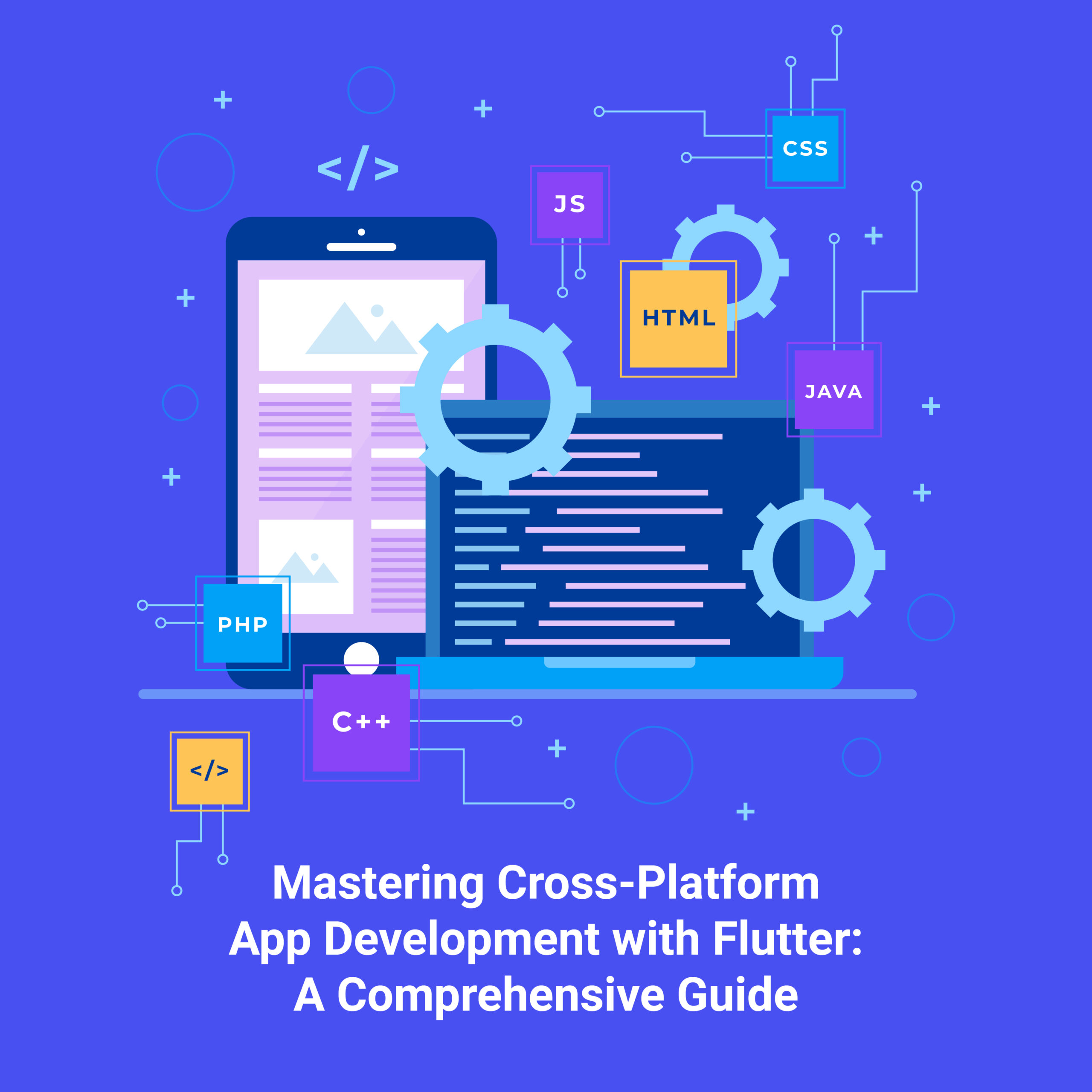Cross-platform solutions are highly sought after these days as mobile app development companies continue to grow. Companies and developers look for effective methods to connect with customers on diverse systems without compromising satisfaction or depleting resources. With just one codebase, developers can create reliable, speedy apps for iOS, Android, the web, and desktop, thanks to Flutter, Google’s open-source UI software development kit.
Understanding Flutter: A Brief Overview
Google launched Flutter in 2017, and since then, its innovative techniques and extensive range of features have made it very popular among developers. Flutter uses a reactive framework that makes it simpler to create visually appealing, native-like user interfaces from a single codebase written in Dart programming language. Because Flutter doesn’t depend on OEM widgets or internet perspectives like different cross-platform frameworks do, it gives steady performance and a native-like experience on all systems.
Key Features and Benefits of Flutter
Here are some of the key features that make the Flutter framework stand out from the rest:
- Hot Reload: One of Flutter’s first-class features is its hot reload function, which lets developers see code adjustments right away without having to restart the program. The debugging and refinement phases are finished much faster thanks to this iterative development method, which also improves group member collaboration and productivity.
- Rich Set of Widgets: Flutter offers an extensive series of modifiable widgets to allow the creation of adaptable user interfaces. Flutter widgets offer developers the tools they need to create visually appealing and interactive app experiences, from simple elements like buttons and text inputs to complicated layouts and animations.
- Native Performance: With the Flutter engine, Dart code is compiled to local ARM device code, allowing Flutter apps to perform as well as native ones, if not better. This improves the user experience by ensuring fluid transitions, seamless animations, and responsive interactions.
- Cross-Platform Compatibility: With Flutter, developers can use a single codebase to target multiple platforms, including desktop, web, Android, and iOS. Time-to-market is shortened, maintenance costs are reduced, and the app development lifecycle is streamlined thanks to this unified development approach.
Advanced Techniques and Best Practices
As you gain proficiency in Flutter development, don’t forget to incorporate the following advanced techniques and best practices to optimize your app’s overall performance, maintainability, and scalability:
- State Management: Explore different state management approaches in Flutter, including Provider, Bloc, Redux, or Riverpod, to efficiently control and update the app’s state across various components and displays.
- Responsive Design: Design your Flutter app with responsiveness in mind to ensure seamless adaptation to different screen sizes, orientations, and devices. Utilize Flutter’s layout widgets and MediaQuery to create adaptive user interfaces that provide consistent experiences across platforms.
- Optimized Assets: Optimize asset loading and management for your Flutter app by leveraging tools like Flutter’s ‘pubspec.yaml’ file for asset declaration, asset bundling, and caching strategies to minimize load times and enhance performance.
- Internationalization and Localization: Make your Flutter app accessible to international audiences by implementing internationalization (i18n) and localization (l10n) capabilities. Use Flutter’s ‘intl’ package to support multiple languages, regions, and cultural preferences, enhancing user engagement and retention.
- Continuous Integration and Delivery (CI/CD): Implement CI/CD pipelines for automated testing, building, and Flutter app development to streamline the development workflow, ensure code quality, and accelerate time-to-market.
Conclusion
By mastering Flutter’s cross-platform app development, developers can produce feature-rich, high-quality apps that function flawlessly on desktop, web, iOS, and Android platforms. With the help of Flutter’s extensive feature set, comprehensive toolkit, and robust community, developers can effectively navigate the challenges of cross-platform development and create top-notch experiences that resonate with a global audience.
Embracing Flutter’s features and best practices, regardless of your level of experience, will open up new opportunities, allowing you to pursue the exciting field of mobile app development tools. Begin your Flutter journey right now with Cochi’s leading software training platform, Techmindz, and start creating the next wave of cross-platform mobile apps that will raise the bar for quality within the digital world.









0 Comments